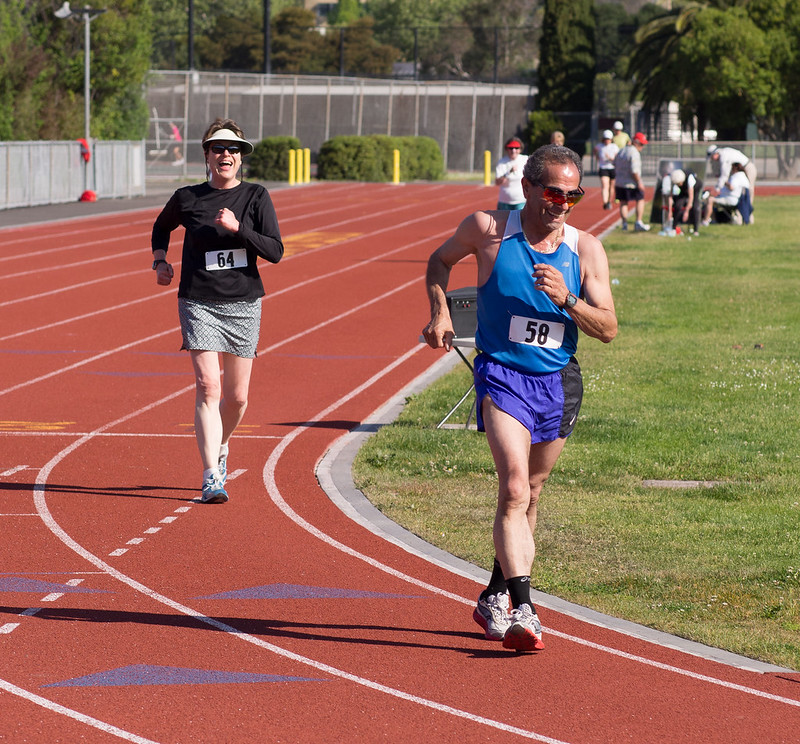What is Race Walking and How Does It Work?
If you’ve ever seen race walking, you probably noticed how interesting it looked. Taking into consideration how much time people spend watching sports, reading about the latest matches and games, and even betting on sports using great bonuses such as freepromotionalcode.co.uk, it is a shame we don’t know more about race walking. As it is an Olympic discipline, race walking is obviously very popular, but the majority of people do not even know the basic rules about this sport. Therefore, let’s take a look at what race walking is and how it works.
The history of race walking
Race walking dates all the way back to the 16th century, or, the first evidence of the existence of this sport comes from 16th-century England. Even then, people loved to bet on the participants of the races, who were then called ‘footmen’. The real rise to popularity for race walking came in the 1800s, at the time when it was called ‘pedestrianism’. People would compete in incredibly long races that usually lasted for a couple of days while fans bet on their favorites. Back then, there were no clear rules that would regulate races – people just walked as fast as they could. However, it also looked different than what we can see today and all that is because of one man. In the 1960s, Jerzy Hausleber introduced the very characteristic hip wiggle to race walkers, which leveled up the playing field between shorter and taller athletes because long legs suddenly didn’t have much to do with race walking anymore.

About race walking
If we want to follow race walking properly, we must know the rules that the walkers obey. So, race walking is, like its name suggests, a race in which the athletes walk instead of running. One of their feet must always stay on the ground, or, if they do use some ‘flight time’, they have to be careful not to be noticed by the judges. Another rule that gives it such a characteristic look is the straight leg rule, which is why walkers often look very stiff during races. There are a lot of judges in these races – one for each walker to be exact, and the reason for that is that there is no video judging. When it comes to races, the 50-kilometer race walk is the longest and the most exciting one, especially during the Olympics.
The benefits of race walking for the body
Just like running, race walking is extremely difficult to do professionally even though it looks easy on TV. But even if you are not interested in pursuing a professional career in race walking, you can still do it as a hobby, You don’t need any equipment, except your sneakers, and it has amazing benefits for your body. If you move by the speed of 6 miles per hour, you can burn as much as 800 calories in just one hour, which is just a bit less than with running. It is also a great upper and lower body workout and is one of those exercises that include several muscle groups at the same time. Moreover, there are fewer injuries in race walking than in running, so it is seen as more suitable for anyone who wants or needs to be more careful with their exercises.

